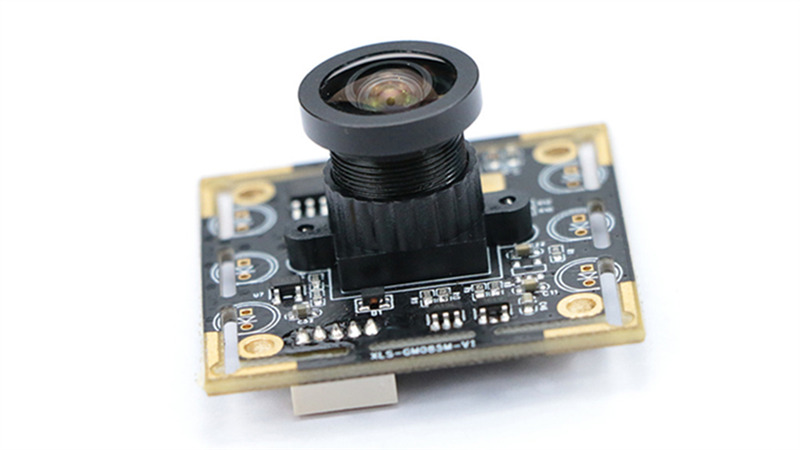Introduction
Universal Video Class (UVC) cameras have revolutionized the way we interact with video technology across various applications. These cameras are designed to simplify the process of connecting video devices to computers and other hardware without the need for specialized drivers. In this article, we will explore what UVC cameras are, how they work, their advantages, and their diverse applications.
What is a UVC Camera?
A UVC camera is a type of USB camera that adheres to the UVC standard, enabling plug-and-play functionality. This means that UVC cameras can connect to a computer or other devices via USB without requiring additional software installation. The UVC standard was developed by the USB Implementers Forum to ensure compatibility across different platforms and devices.
Key Features of UVC Cameras
- Plug-and-Play Functionality: UVC cameras are easily connected to computers, laptops, and other devices without the need for installing drivers, making them user-friendly and convenient.
- Broad Compatibility: UVC cameras work seamlessly with various operating systems, including Windows, macOS, and Linux. This cross-platform compatibility makes them suitable for a wide range of applications.
- Standardized Video Formats: UVC cameras support standardized video formats, ensuring consistent performance and quality across different devices.
- Real-Time Streaming: Many UVC cameras are capable of real-time video streaming, making them ideal for applications that require live video feeds.
How UVC Cameras Work
UVC cameras operate by utilizing the USB interface to transmit video data to a host device. When a UVC camera is connected, the host device recognizes it and automatically loads the appropriate UVC driver, enabling immediate access to the camera’s functionality.
Video Compression and Formats
UVC cameras often support various video compression formats, such as MJPEG (Motion JPEG) and H.264. This versatility allows for efficient transmission of video data while maintaining quality, making UVC cameras suitable for high-definition applications.
Advantages of UVC Cameras
- Ease of Use: The plug-and-play nature of UVC cameras significantly reduces setup time, making them accessible for users of all technical levels.
- Cost-Effective: UVC cameras tend to be more affordable than proprietary camera systems that require specialized drivers and software, providing an economical solution for many applications.
- Versatility: With compatibility across various platforms and devices, UVC cameras can be used in multiple environments, from home offices to professional studios.
- High Compatibility: UVC cameras can work with a wide range of software applications, including video conferencing tools, streaming platforms, and video editing software.
Applications of UVC Cameras
UVC cameras find applications in numerous fields due to their flexibility and ease of integration:
1. Video Conferencing
The rise of remote work and online communication has driven demand for UVC cameras in video conferencing setups. They provide high-quality video for meetings, webinars, and online classes, ensuring clear communication.
2. Streaming and Content Creation
Content creators utilize UVC cameras for live streaming on platforms like Twitch and YouTube. Their ability to deliver high-definition video without complex setups makes them a popular choice among vloggers and streamers.
3. Surveillance and Security
UVC cameras can be integrated into surveillance systems, providing real-time monitoring capabilities. Their ease of connection to various devices allows for efficient security solutions in homes and businesses.
4. Medical Imaging
In telemedicine and remote consultations, UVC cameras are employed for medical imaging and patient monitoring, facilitating clear video communication between healthcare providers and patients.
5. Industrial Applications
UVC cameras are used in industrial settings for quality control, inspection, and monitoring processes. Their ability to connect easily to computers enhances productivity and efficiency in manufacturing environments.

